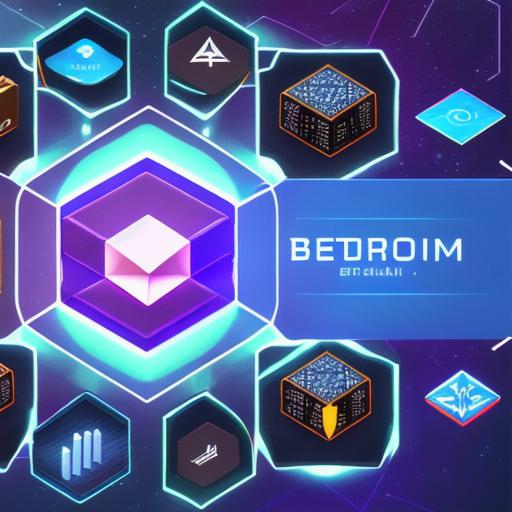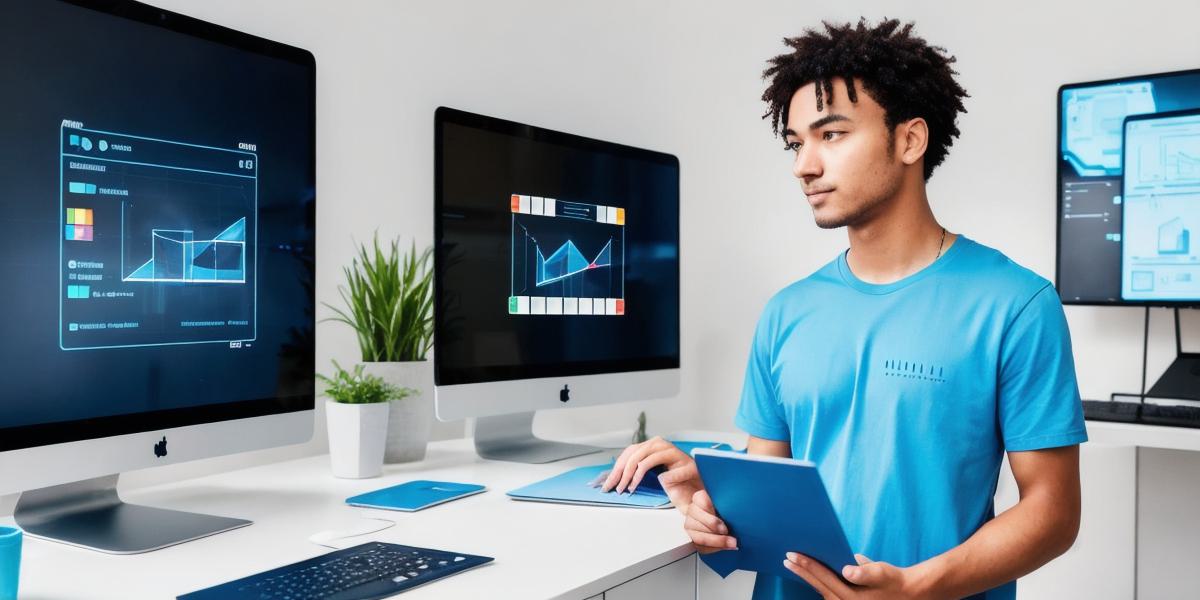Blockchain technology is revolutionizing the gaming industry, providing players with a secure and transparent platform for games of all types. However, not everyone has the technical expertise to create their own blockchain game. In this step-by-step guide, we will walk you through the process of creating your own blockchain game, including how to choose a platform, design your game mechanics, and market your game effectively.
Choosing a Platform
The first step in creating your own blockchain game is choosing the right platform. There are several options available, each with its own set of features and benefits. The two most popular platforms for blockchain games are Ethereum and EOS.
Ethereum is an open-source platform that allows developers to create decentralized applications (DApps) using smart contracts. It has a strong developer community and is compatible with most programming languages. However, it can be slow and expensive to use.
EOS, on the other hand, is a commercial blockchain platform designed specifically for gaming applications. It offers faster transaction speeds and lower fees than Ethereum, making it an attractive option for game developers who want to create a seamless gaming experience.
Designing Your Game Mechanics

Once you have chosen your platform, the next step is to design your game mechanics. This involves creating the rules and mechanics of your game, such as how players earn points, how they progress through levels, and how they interact with each other.
One key aspect of designing your game mechanics is to ensure that they are transparent and fair. Blockchain technology provides a unique opportunity to create games that are truly decentralized and resistant to cheating or fraud. This means that players can trust that the results of their gameplay are fair and unbiased, which can help to build trust and loyalty in your game community.
Marketing Your Game Effectively
Finally, once you have designed your game mechanics and chosen your platform, it’s time to market your game effectively. This involves creating a strong brand identity, building a social media presence, and reaching out to potential players through various channels.
One effective marketing strategy is to partner with influencers in the gaming community who can help promote your game to their followers. You can also use paid advertising on platforms like Google AdWords or Facebook to reach a wider audience.
FAQs
Q: What programming languages are compatible with Ethereum?
A: Ethereum is compatible with most programming languages, including Solidity, Python, and Java.
Q: How do I ensure that my game mechanics are transparent and fair on the blockchain?
A: To ensure transparency and fairness in your game mechanics, you can use smart contracts to automate the rules of your game and make them publicly available for anyone to audit.
Q: What is the difference between Ethereum and EOS?
A: Ethereum is an open-source platform for creating DApps using smart contracts, while EOS is a commercial blockchain platform designed specifically for gaming applications.
Summary
Creating your own blockchain game can be a rewarding experience that allows you to tap into the growing popularity of this technology. By choosing the right platform, designing transparent and fair game mechanics, and marketing effectively, you can create a game that engages players and builds a loyal community.
